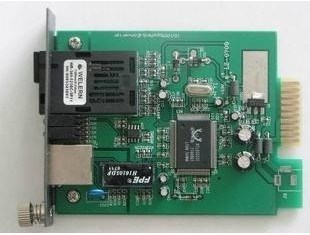PCB multilayer board design is very complex but we can learn that by further study. Additionally,We have train class in Sayfu.
There are single-sided, double-sided and PCB multilayer board. For simple appliances such as radios, single-sided PCBs are sufficient. However, with the progress of the times, we need to replace electronic products, both in terms of function and volume. For multifunctional small electronics, single-sided and double-sided PCBs cannot fully meet the requirements, so designers must use PCB multilayer board.
PCB multilayer board has many advantages, such as: high assembly density and small size. Shortened wiring between electronic components, fast signal transmission speed, convenient wiring; good shielding effect, etc. There is no limit to the number of layers of multilayer pcb. Currently, there are more than 100 layers of PCBs. Four and six layers are common.

Some basic design rule of PCB multilayer board
When designing a PCB multilayer board, each layer should be kept symmetrical, and preferably even copper layers. If it is asymmetric, it is easy to cause distortion. The engineer perform multilayer board wiring according to the circuit function. In outer layer wiring, the soldering surface requires more wiring. And less wiring on the component surface, which is beneficial to the maintenance and troubleshooting of the printed board. In terms of wiring, the power layer, ground layer. And the designer need to separate signal layers to reduce interference between power, ground, and signals. The lines of two adjacent layers of printed boards should be as perpendicular to each other as possible. Or oblique lines and curves, not parallel lines, to reduce the interlayer coupling and interference of the substrate.
Compared to single-sided and double-sided PCBs, what layers do multi-layer PCBs consist of? What does each layer represent and what is its use? PCB multilayer board mainly includes the following layers: Signal Layers, Internal Planes, Mechanical Layers, Masks, Silkscreen, and System.
The Types and Functions of PCB Layers
Designers divide the signal layer into a top layer, a middle layer, and a bottom layer. They mainly use it to place various components, or for wiring and soldering. People also call the internal power plane the internal electrical plane, and use it specifically to lay power and ground wires. The mechanical layer is generally used to place indicative information about the board making and assembly methods, such as the physical dimensions of the circuit board, data data, and via information. The solder mask also has a top layer and a bottom layer, and the pads or other objects placed on this layer are copper-free areas. Designers mainly use the silk screen layer to draw component outlines, placed component numbers, or other text, and use the system working layer to display design rule violations.